/wood-tick--dermacentor-variabilis---aka-dog-tick--american-dog-tick--hard-tick---adult-female-tick-on-human-skin--northern-ontario--canada--128113999-593ac7ce3df78c537b111fb3.jpg)
10 Tips to Avoid Tick Bites
Lyme Disease Rash, or Erythema Migrans (EM) Rash. A common sign of a tick bite with Lyme disease is a distinctive bull's-eye rash known as erythema migrans. This rash is characterized by a central red spot surrounded by a clear area and an outer ring of redness. This rash typically appears within three to 30 days after a tick bite.

How to Avoid Lyme Disease While Ticks Are Hungry in Fall Ontario Veterinary College
Ticks release compounds in saliva that make their bites painless. So you're less likely to notice the bite than the tick. rbkomar / Getty Images. If you do happen to notice a tick bite, you might.

Always check for ticks after outdoor summer activities Mississippi State University Extension
Ticks Image Gallery. Images on this page are royalty-free and available for personal, professional and educational use in electronic or print media, with appropriate citation. Please credit CDC and the individual photographer if their name is given. Please contact us with any other questions about reuse of specific images.

Think You're Seeing More Ticks? The Cape's Entomologist Says It's Not Because It's Tick Season
Male American dog ticks (above). Note the two black lines on their lower back. 4. Lone Star Tick ( Amblyomma americanum) The female lone star tick is easy to identify because of the dot on the middle of its back. Males are harder to identify and can be easily confused with brown dog ticks.
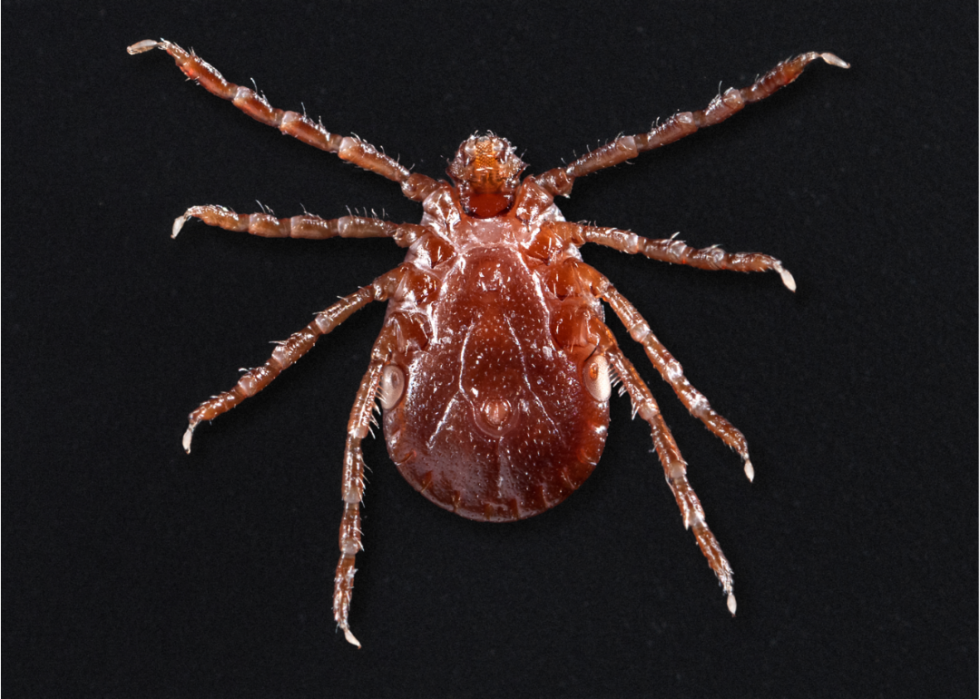
America's Most Common Ticks and How to Identify Them Stacker
Tick identification is the first step to tick-borne disease prevention. Learn tips for identifying ticks and tick bites. The laboratory will be CLOSED Monday, January 15, 2024 in observance of Martin Luther King, Jr. Day.. We can also attempt to identify photos of your tick as a free courtesy service. Types of Ticks. Ticks are found all over.
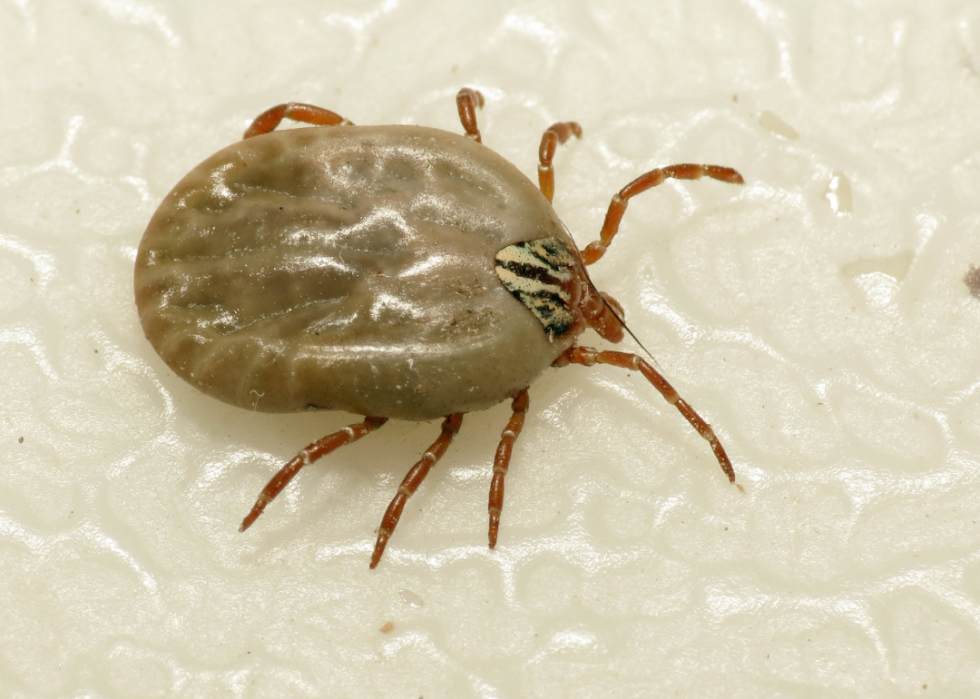
America's Most Common Ticks and How to Identify Them Stacker
PHOTOS OF TICKS. PHOTOS. OF TICKS. Blacklegged (Deer) Ticks: Engorged Female & Un‑engorged Female. Tick Talk is a resource where people can learn more about tick species, diseases ticks can spread, and tick prevention.
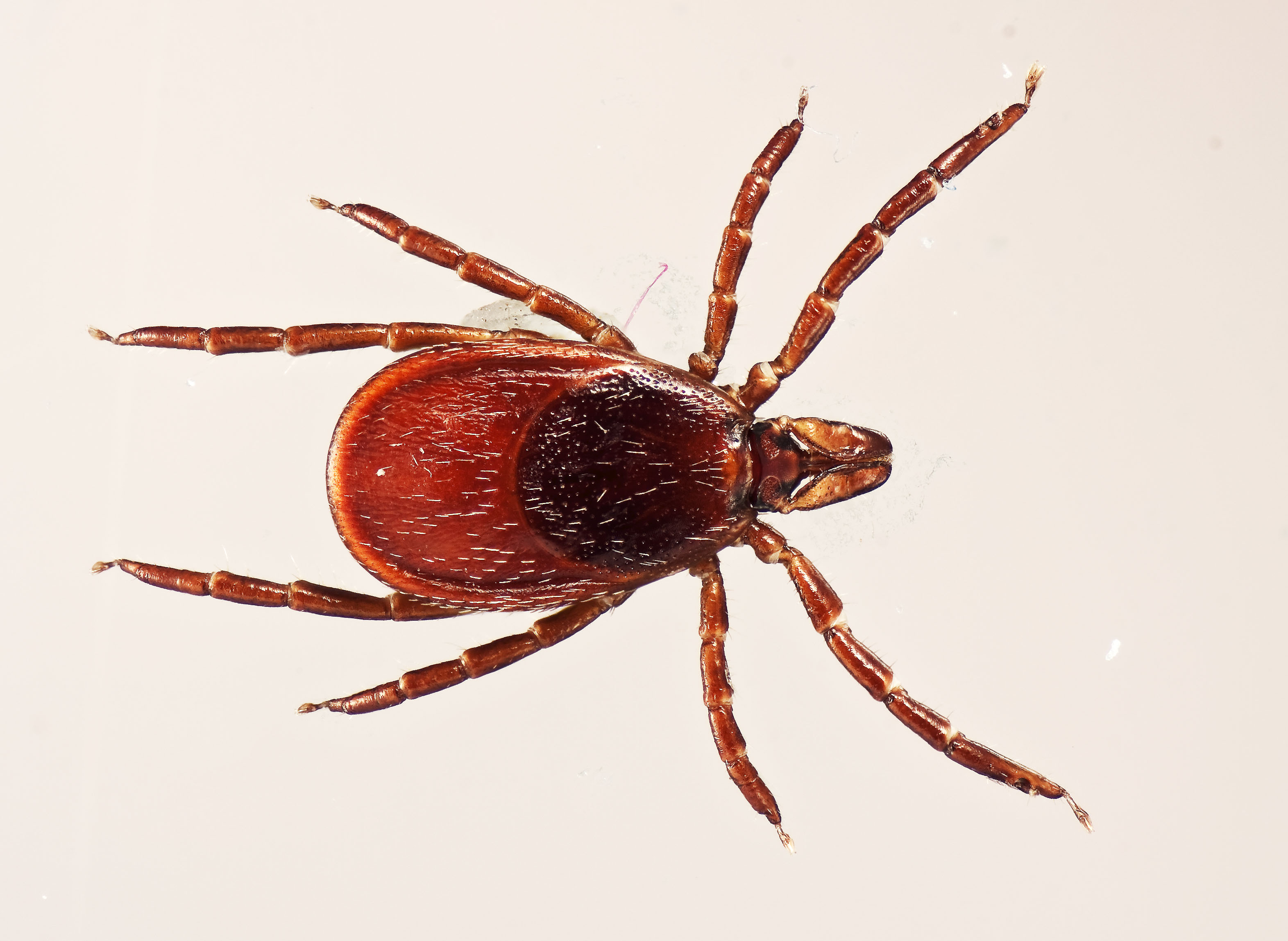
How do ticks…tick? Smithsonian Institution
Here are images of unfed, human-biting ticks. The images also show where the ticks might be found in the U.S. and the diseases they're known to carry. Black-legged tick or deer tick. The black-legged tick, also known as the deer tick, is mainly found in the eastern half and Midwest region of the U.S. The scientific name for this tick is Ixodes.
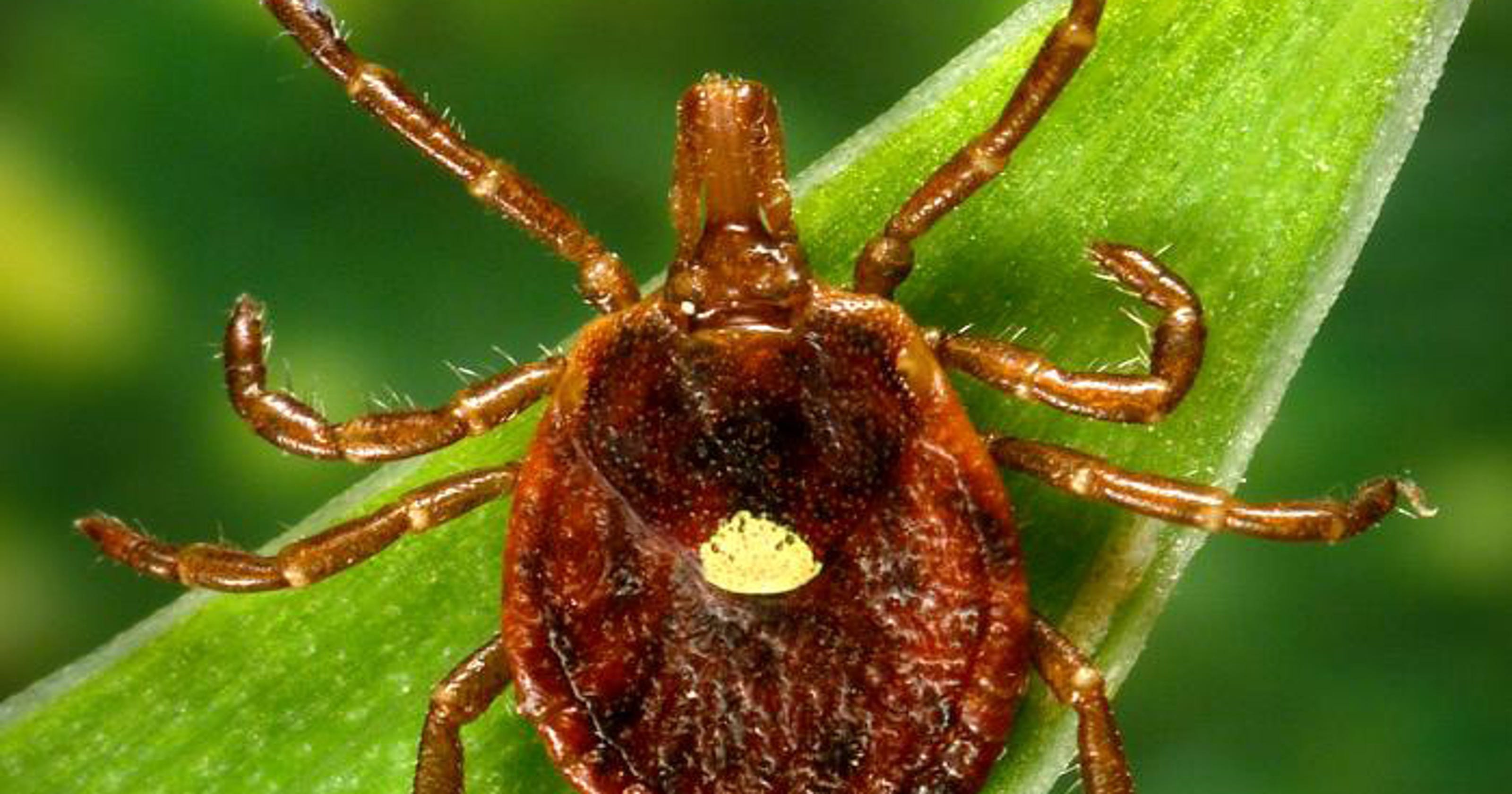
Tick Pest Control Treatment Pest Control
Browse 29,199 authentic ticks stock photos, high-res images, and pictures, or explore additional deer tick or lyme disease stock images to find the right photo at the right size and resolution for your project. deer tick. lyme disease. bug bite. tick insect. dog outside. of 100.
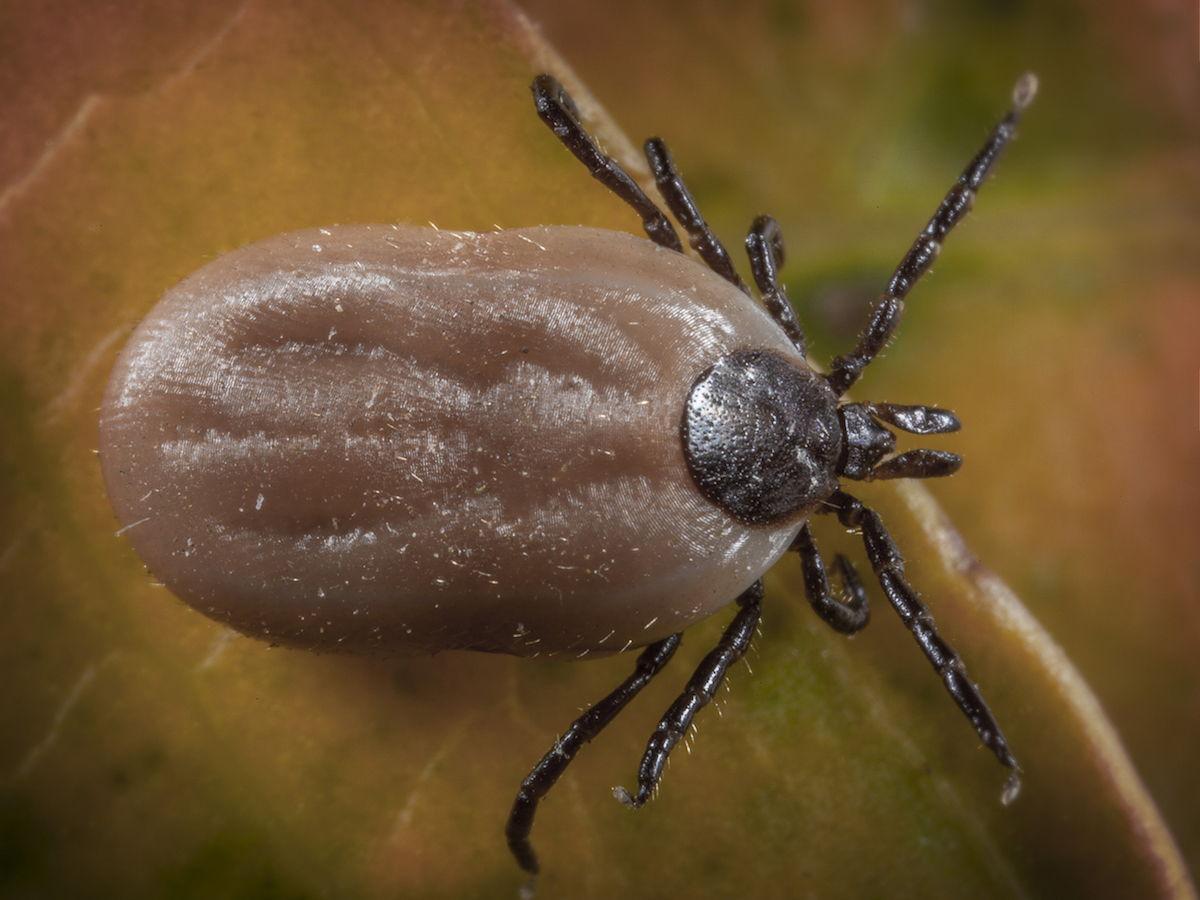
What Does a Tick Look Like? Tick Guide & Identification
Photo: California Department of Public Health. Three western blacklegged ticks, Ixodes pacificus, on a ruler. The tick on the top is a fed, or engorged, female. A tick's body slowly enlarges to accommodate the amount of blood ingested. Engorged ticks that are still attached and feeding often have either a gray or light tan color.
/cloudfront-us-east-1.images.arcpublishing.com/advancelocal/P3N6REV3KVFN5N5FDK7BIJPCAI.jpg)
‘Aggressive’ lone star tick invades CNY, raising fears of new diseases
Lone star tick. The lone star tick is an aggressive tick that lives across the U.S., though it is more common in the south. People are more at risk of a lone star tick bite from early spring to.

Brown Dog Tick
Takeaway. Tick bites can cause a small bump. If you experience other symptoms, such as a rash, it can indicate an allergic reaction or infection with a tick-borne disease. Tick bites are often.
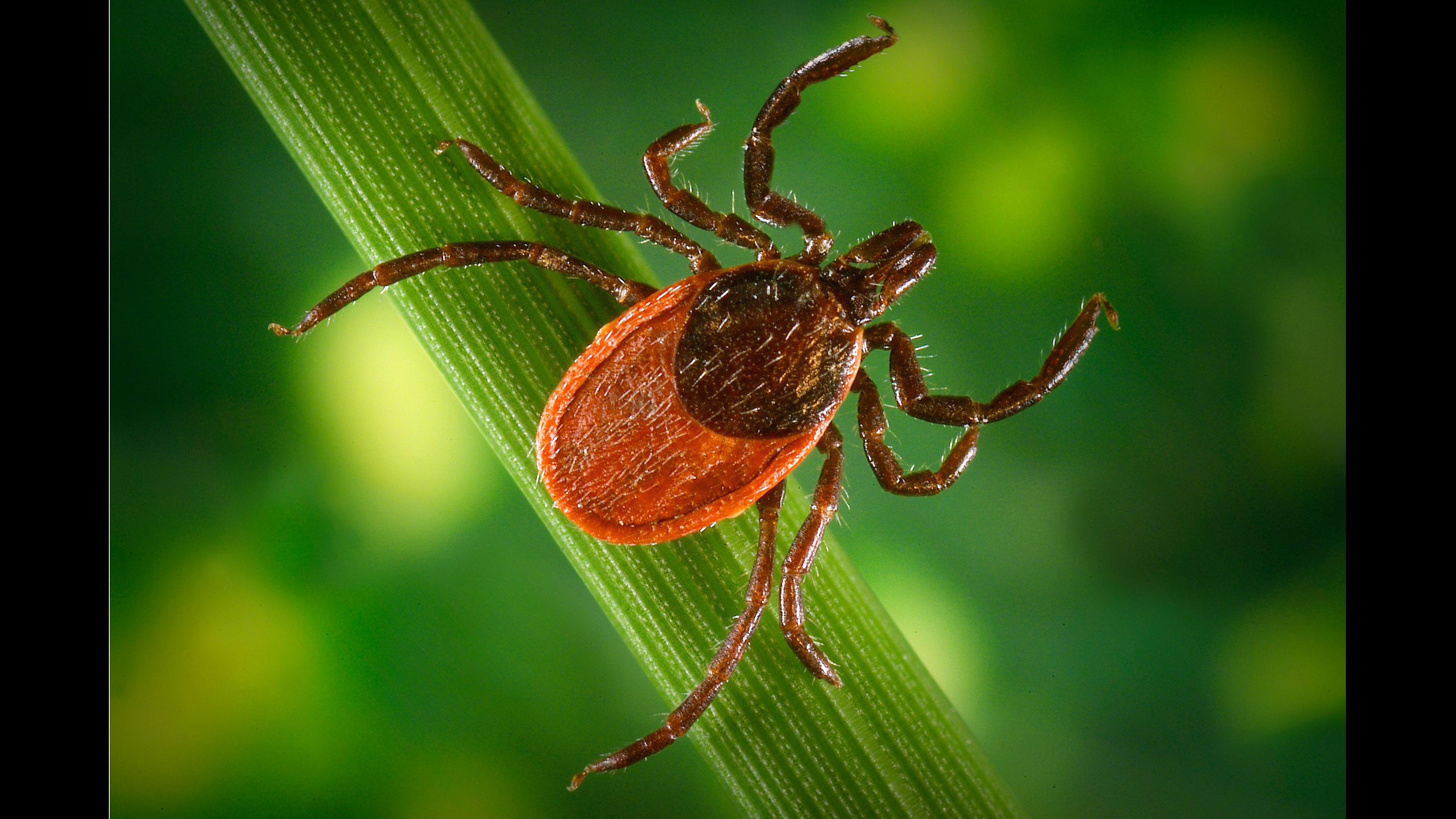
As Lyme Disease Cases Rise, Tips for Protecting Against Tick Bites Chicago News WTTW
Tick Photos Click on the images to view enlargements. Deer Tick (Ixodes scapularis) American Dog Tick (Dermacentor variabilis) Lone Star Tick (Amblyomma americanum)
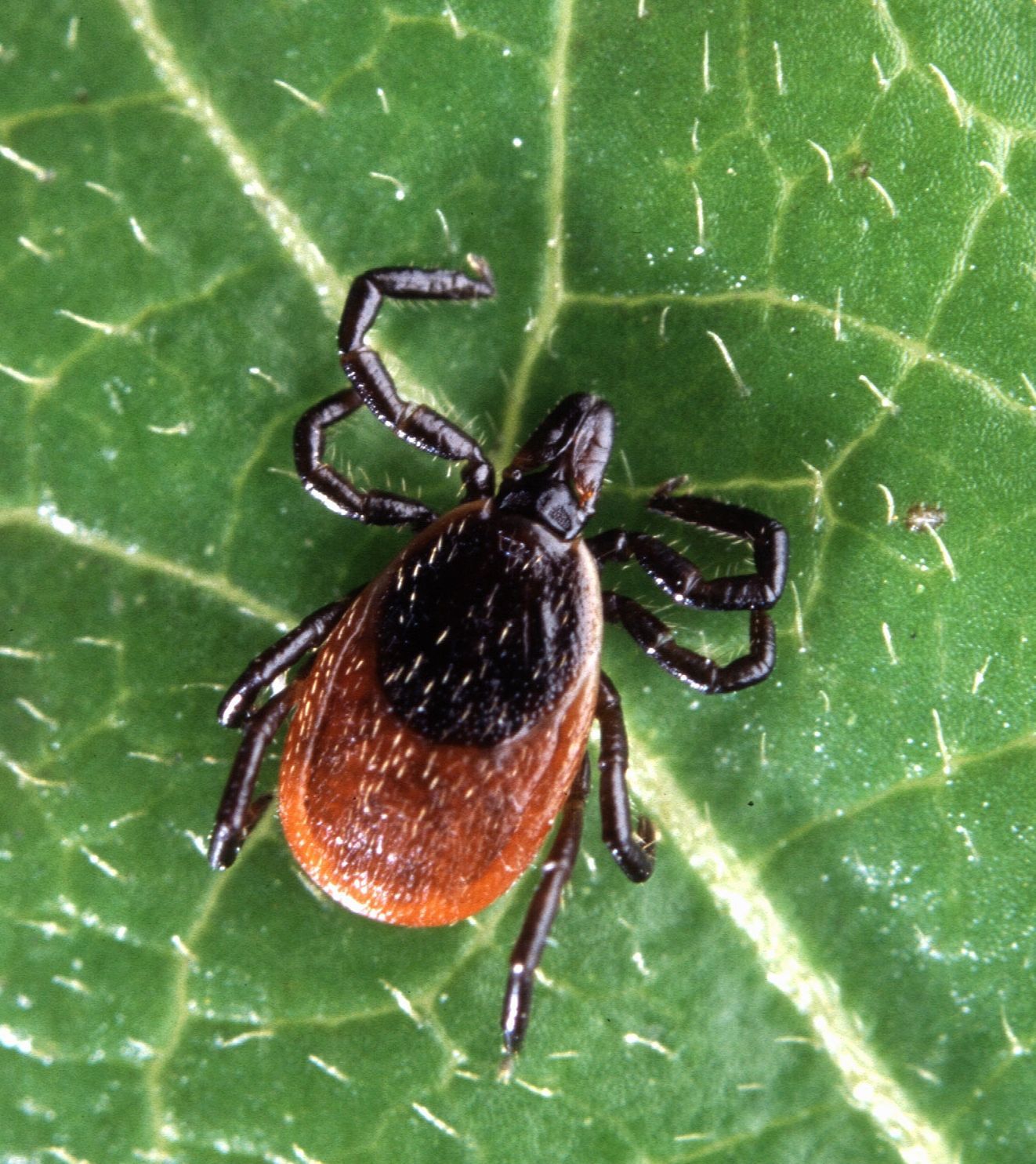
Blacklegged ticks spread across 45 counties in Minnesota, 'reported' in Rice County News
These tick photos may help you to identify the different species of ticks and what they look like at various life stages. Some tick photos include objects to help you compare their size to the actual size of the ticks. There are a number of ticks in the United States that can carry and/or transmit many diseases which people and their pets may.
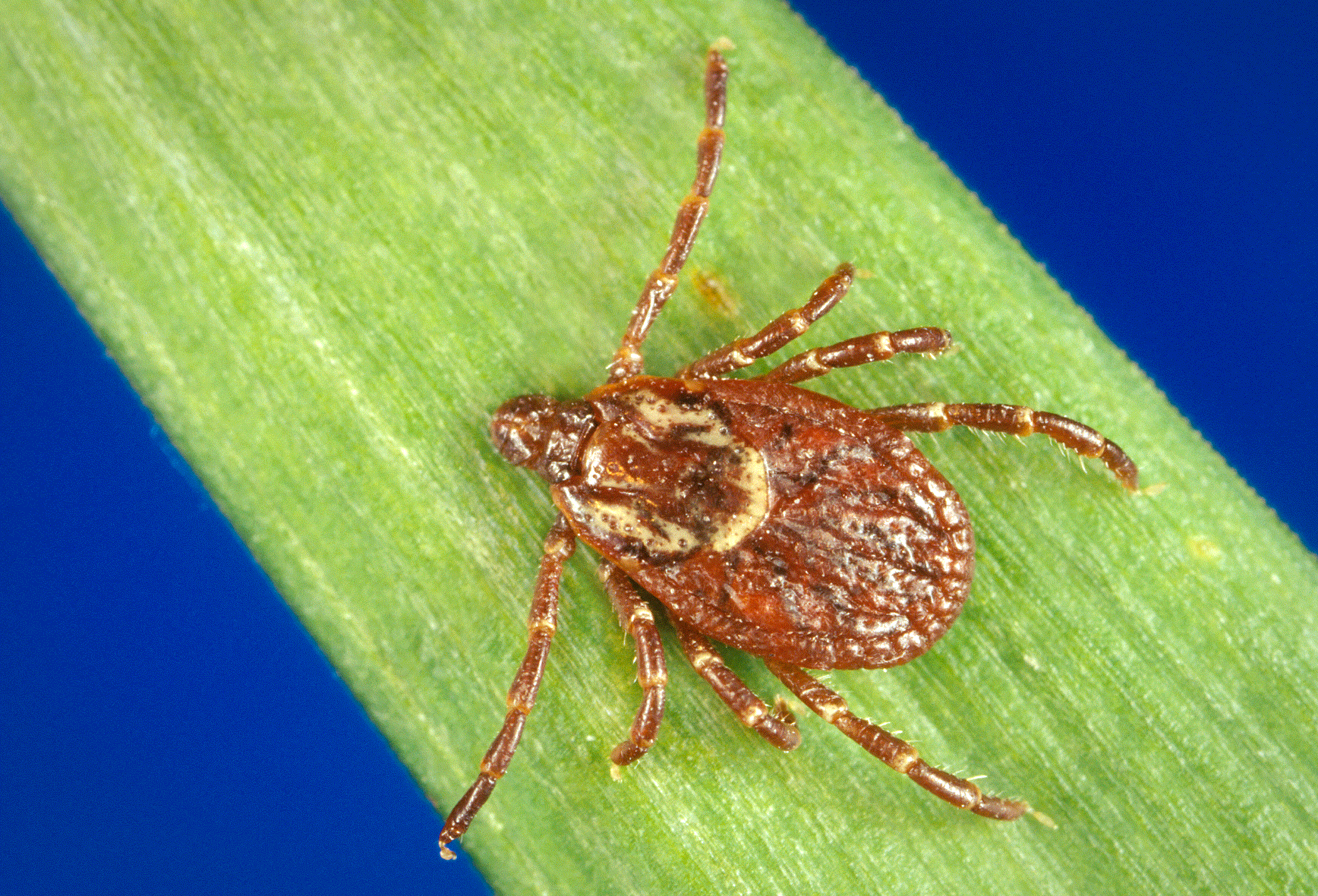
Information on Ticks in Vermont Vermont Department of Health
Deer tick images top and underside views. Two deer ticks pictured on a penny for size reference. As seen from this deer tick photo, these pests are tiny. Females grow up to about an eighth of an inch in length. Male deer ticks, on the other hand, are slightly smaller in size. A photo of a deer tick crawling on a person's skin.
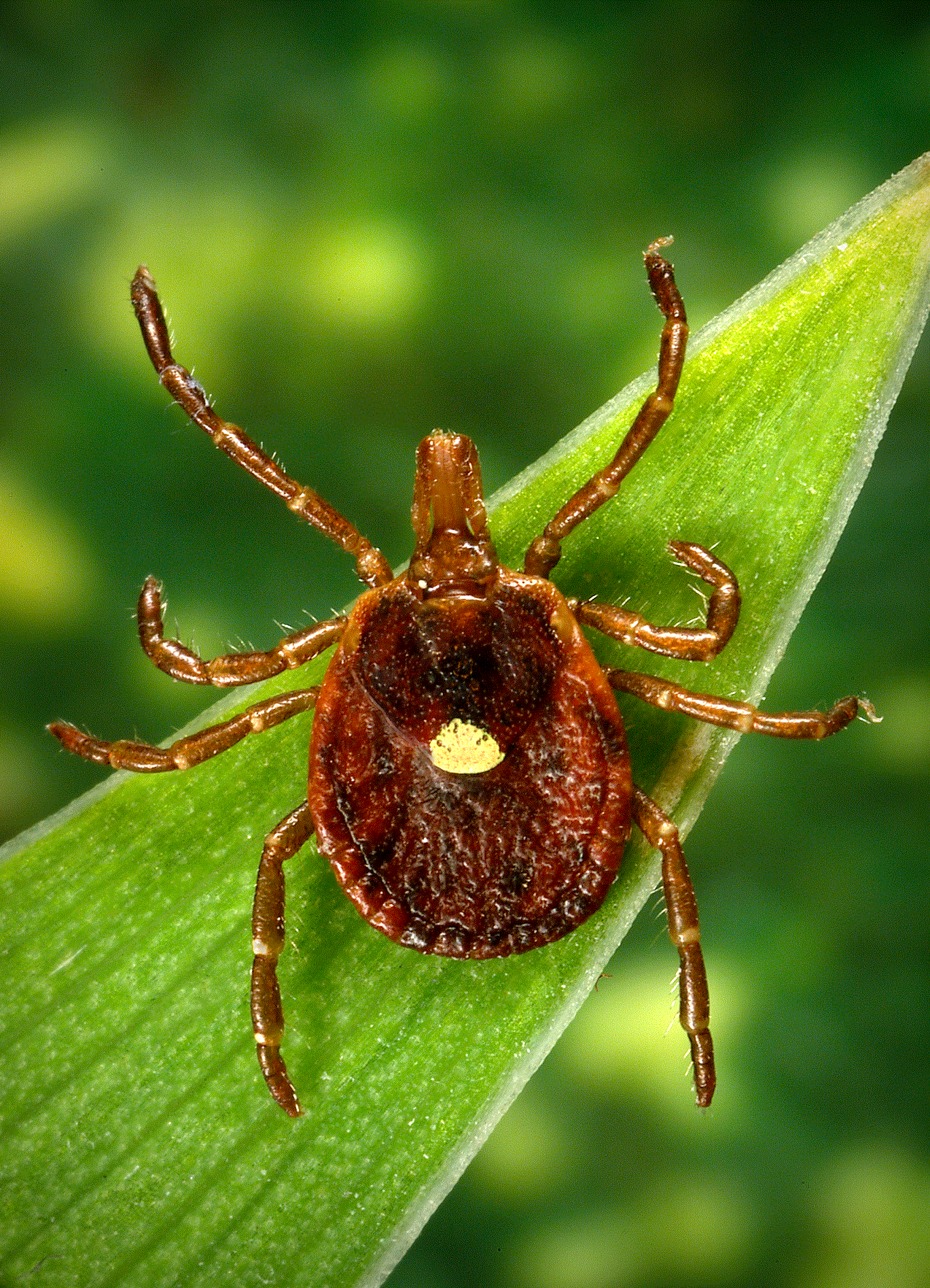
Information on Ticks in Vermont Vermont Department of Health
This photo of a wood tick shows the pest's colorful appearance with splotches of red and white. All ticks vary in color. They also might have patterns on their backs like the mottling on a brown dog tick. Pictured last, the wood tick, while not as common in New England, is notable due to its ability to transmit disease.
Exotic ticks found on Alaska dogs, Alaskans Geophysical Institute
Shape. Ticks have a flattened oval or tear dropped shaped body before feeding and a plump, rounded body after feeding. Immature ticks in the larvae stage have 6 legs. After feeding and maturing, they grow two additional legs for 8 legs total. Ticks do not have wings or antennae.